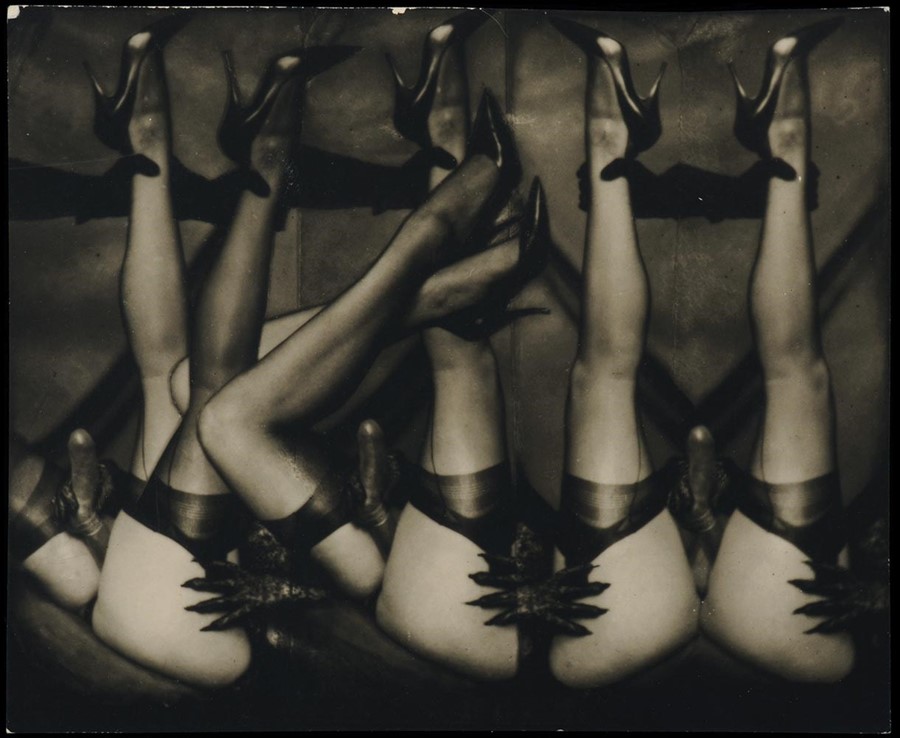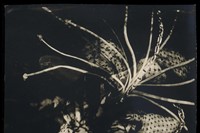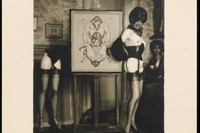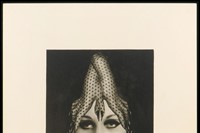Dubbed 'the magician of erotic art' by Surrealism's founder André Breton, Pierre Molinier's fetishistic photo-collages make for an eye-opening experience
Who? An account of French artist Pierre Molinier’s colourful life reads like that of the protagonist in an Oscar Wilde novel. A product of France’s oft-fictionalised fin de siècle degeneration, Molinier defied all societal norms to live a life of hedonistic excess. Both homosexual and a transvestite in an era when both were frowned upon – he asbcribed himself the title of ‘lesbienne’ – Molinier pursued fetishism and the latent eroticism of the subconscious mind to its most extreme degree.
Born in France in 1900, Molinier began his career as a lowly and unexceptional house painter. In fact it wasn’t until he moved to Bordeaux, the city which marked the beginning of his self-discovery, that he began to delve into the underground culture of 1920s France. He quickly joined a secret society and began to express his fervent interest in the arts, strongly advocating the fashion of the day for throwing ‘salons’ – intimate get-togethers with a select number of likeminded individuals – and showing his erotic, experimental and magic-infused artwork with his peers.
By 1955 Molinier had begun a fruitful correspondence with André Breton, the founder of Surrealism, who dubbed him 'the magician of erotic art' and decided to include his sensual, and at times violent, works in the International Surrealist Exhibition. This marked the artist’s official induction into the movement, and he soon earned a reputation as an artist who would dare to execute the ideas his reputable contemporaries, who included the likes of Salvador Dalí, only dreamt of.
His investigation into fetishism and depravity, both through painting and photography, steadily gathered momentum, culminating in an extensive series of portraits and self-portraits in which Molinier himself often features as a many-limbed woman, a dominatrix, or a devil. When his dwindling health prompted his death at the age of 76, it was executed with the all the charisma his character would suggest; a great lover of guns, he died from a single self-inflicted gunshot wound. The death befitted the gravestone the artist had built for himself 26 years earlier, which read: "Here lies Pierre Molinier, born on 13 April 1900, died around 1950. He was a man without morals; he didn’t give a fuck of glory and honour; useless to pray for him."
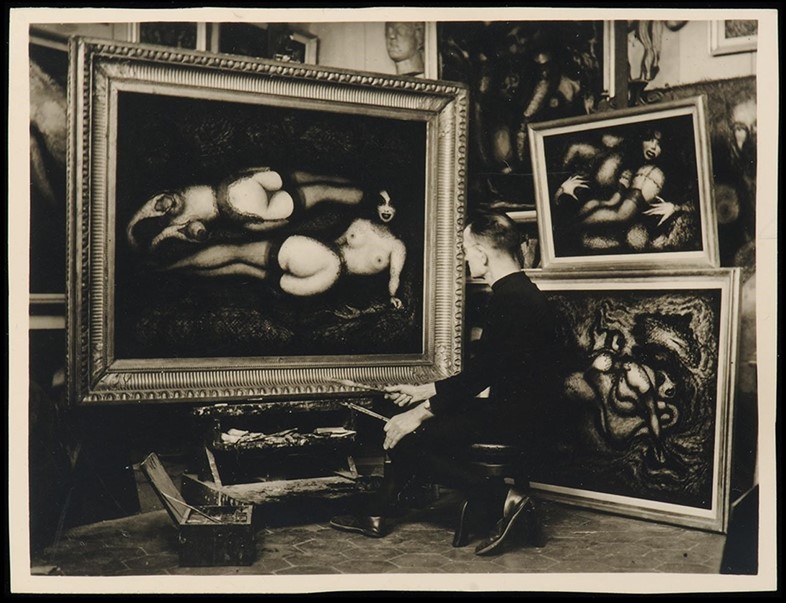
What? To call Molinier a master of disguise scarcely seems to do him justice. Costume formed the central tenet of his experimental works, whether it was worn by the artist himself – he loved to dress up as woman in fetishwear, doll's masks and women's accessories for his many self-portraits – or by his subjects – men, women and lovers he disguised with the outfits and wigs, and who posed against a backdrop of swathes of dark fabric.
Throughout his career, the artist insisted that he created work purely for self his own pleasure; he described eroticism as “a privileged place, a theatre in which incitement and prohibition play their roles, and where the most profound moments of life make sport.” His production methods were often as unusual as the images which came of them. A great believer in the results to be had by intervening in the image-making process, the artist often pleasured himself while pressing the shutter, and mixed the product of his climax with colour pigments in the course of developing the image.
His photomontages present an especially compelling and fantastical vision. By cutting and pasting body parts and textures from various different photographs to create a final image, Molinier found that he was able to conjure the many-limbed creatures from his own psyche, and hoped that, on seeing them, viewers of his work would be similarly surprised by their own repressed, fetishistic instincts. 70 of these montages were included in The Chaman and its Creatures, an unfinished artist's book made in 1967, to which the foreword reads: “at all times, my acts and my actions in life have stemmed from love or eroticism.”
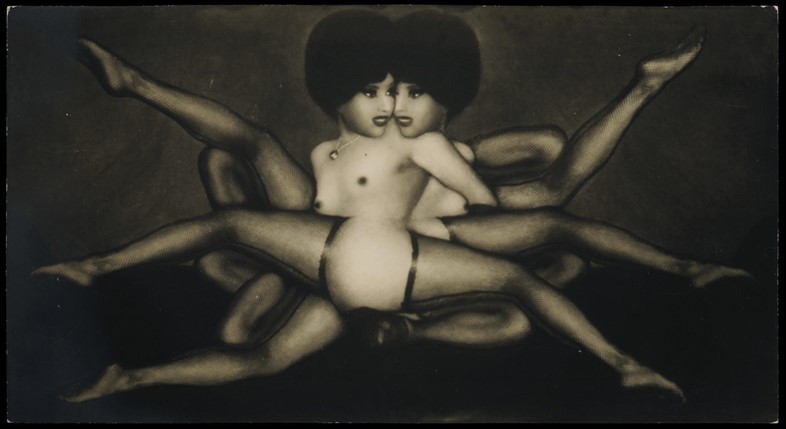
Why? Though Molinier’s photographs are neither as shocking nor as revolutionary now as they would have been to a conservative audience in 1950s France, the artist was utterly groundbreaking in his willing embrace of the darkest elements of his own desire. He continually challenged received orthodoxies on art, morality and religion, forcing the advancement of thinking on freedom, integrity and equality in the process. It’s little surprise, then, that his influence continues to resonate in contemporary art today – artists including Cindy Sherman, Robert Mapplethorpe and Ron Athey count him among their forerunners, and the themes of Surrealism and photo-collage he perpetuated continue to play an important role in the art industry.
This Friday a sale of his work, assembled by his former lover and muse Emmanuelle Arsan and hosted by Artcurial, will take place in Paris, including 200 photographs, collages, drawings and personal letters by the artist. That its name, The Forbidden Sale, would have pleased Molinier only makes the possibility of owning part of the collection more enticing.
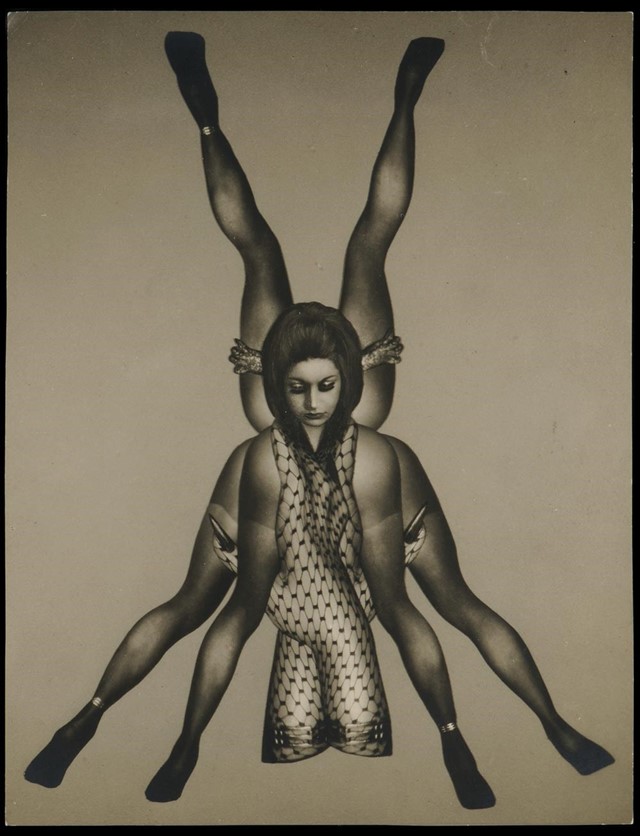
The Forbidden Sale will take place on November 13 in Paris, hosted by Artcurial.
